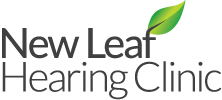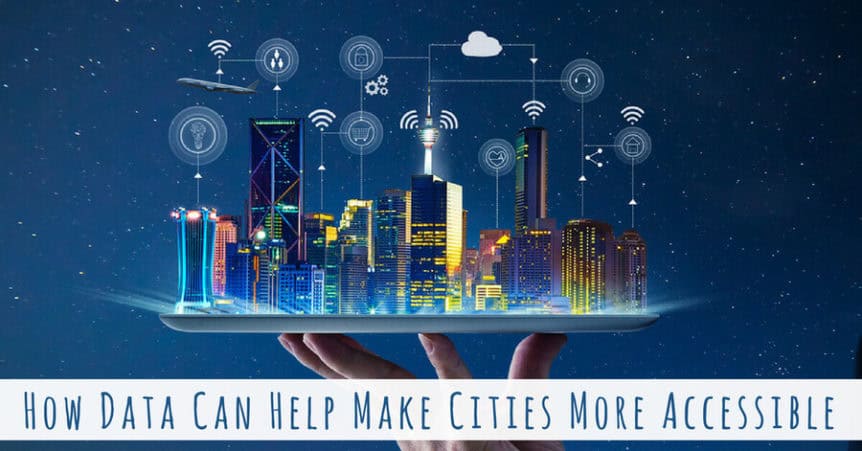- The Emotional Journey of Accepting Hearing Loss - October 25, 2024
- Making a Style Statement with Hearing Aids This Fall - October 15, 2024
- Fireplace Safety and Hearing aids - October 4, 2024
Technology is dramatically changing the way we live and some of those changes are great news for people with disabilities. In the past several years, app developers are taking a look at what it means to navigate a city with a disability –and how tech can help improve access and increase awareness.
Built In Tech
We use smart phones every day to connect with friends, play games and keep up with work and family. People with hearing loss can attest to how much texting and mobile email applications have meant for strengthening social connections even with hearing challenges. As smart technology develops, a new frontier is opening up for people with disabilities where new, adaptable data can facilitate mobility and access.
Fluid Navigation
Portable technology has fantastic benefits for being able to track and respond to environmental challenges. Apps like Wheely provide users with up-to-the-minute information about accessible train stations in New York, focusing on working elevators and how it affects wheelchair users. Other apps are built to focus on accessibility at street level, mapping drop curbs and ramp access or providing verbal guidance for people with vision impairment.
For people with hearing loss and deafness, great strides are being made in voice recognition apps that can convert speech to text as it is being spoken. Many hearing aid developers are combining the hearing aids you wear with smart phone capabilities, allowing users to stream sound directly from phones and other digital sources directly to the hearing aid, increasing comprehension and communication.
Community and Support
New tech is often built on information supplied by the people who actively experience accessibility challenges. Navigation apps for wheelchairs, for instance, will rely on accessibility information provided by wheelchair users rather than establishments self-reporting whether or not they have adequate facilities for wheelchairs. With user-driven information, data is more accurate and experiential for people with shared needs. Building navigation maps and sharing information about access can build community and create better awareness around the needs of people with disabilities.
Some challenges arise with new technology, particularly when there are a wide range of methods people use for working with their disability. Just as there is no universal method for navigating the world with impaired sight or hearing, apps are finding there isn’t a universal toolkit for helping with accessibility. For instance, an app that uses verbal information to assist people with vision impairment may work great for people who rely heavily on touch to navigate but be of less assistance to people who depend mostly upon listening to environmental sounds. Still, there is plenty of room for a multitude of specialized apps to help people improve their mobility and
Help For Hearing Loss
Technology has long been incorporated into making spaces more accessible for people with hearing loss. The development of Telecoil loop broadcasting has been used in many public settings to help deliver direct sound to hearing aids. With Telecoil equipped hearing aids, users could flip a small switch on their hearing device to receive directly streamed audio broadcast via closed loop. This technology has been used in public spaces from airports to colleges to churches to help increase access and clarity for people with hearing impairments.
Hearing aids remain the best way for most people to treat hearing loss and continue to improve people’s ability to recover a full sound palette. They are also rapidly becoming a great way to integrate the flexible capabilities of smart phones. Apps like LiveCaption allows your phone’s microphone to detect and transcribe speech as it happens. Other apps provide specific captioning services to assist you with telephone conversations or watching films and videos.
New Leaf Hearing Clinic
If you are looking to connect with better ways to hear, it’s time to reach out to New Leaf Hearing Clinic. At New Leaf we can help you find hearing solutions that integrate hearing assistance and digital technology, making better hearing easier and clearer. We work hard to match you with the right hearing solution for your lifestyle and help you access the technology and features that help you live better with healthier hearing. It’s time to turn over a New Leaf in your hearing wellness, so contact us today!

